
The SLR Magic circular ND filters offer an alternative solution to using a variable ND, but is the quality worth the inconvenience?
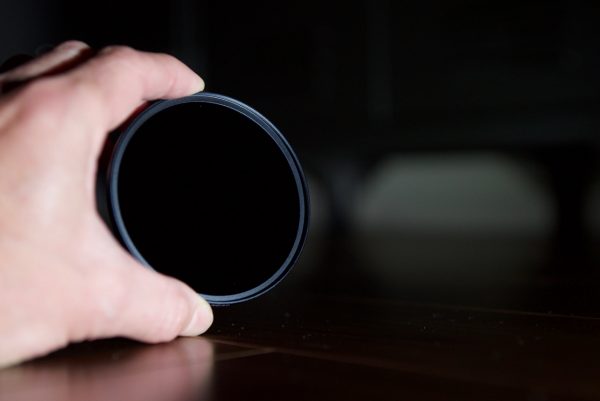
The most common option for shooters using still photography lenses on digital cameras that don’t have in-built ND is to use a variable ND filter, but often this can lead to compromises in image quality. Using fixed ND filters often results in better overall image quality, but it does come at the cost of convenience.
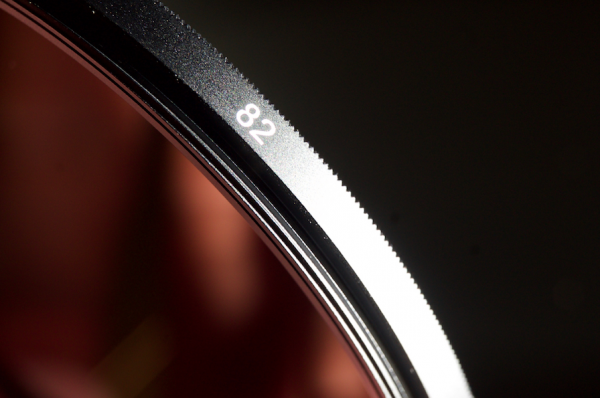
The filters only come in 82mm diameter, which means you will have to use step up rings to use them on lenses with smaller front filter diameters.
The filters are available in a wide range of strengths:
0.3 (1 Stop)
0.6 (2 Stop)
0.9 (3 Stop)
1.2 (4 Stop)
1.5 (5 Stop)
1.8 (6 Stop)
2.1 (7 Stop)
2.4 (8 Stop)
2.7 (9 Stop)
3.0 (10 Stop)
If you are using digital cinema cameras with stills glass, these filters can make for a good alternative to having to use a matte box with square filters.
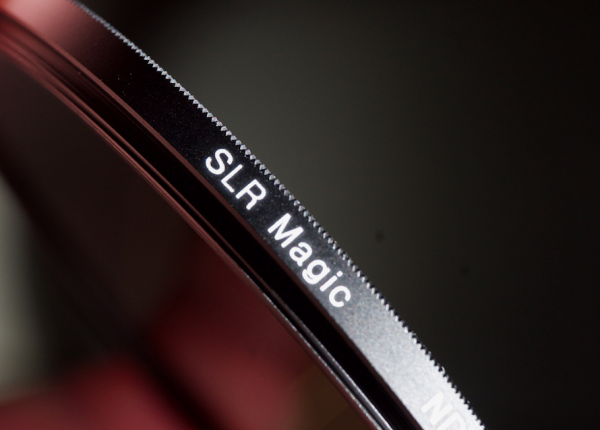
SLR Magic’s new ND filters have been designed to specifically overcome the headaches you get when using modern digital sensors. Due to their broad colour spectrum they are more sensitive to far infrared light which affects the image signal. With most variable ND filters and even fixed ND filters, the more ND you introduce the more infrared contamination you get.
Variable ND or fixed ND?
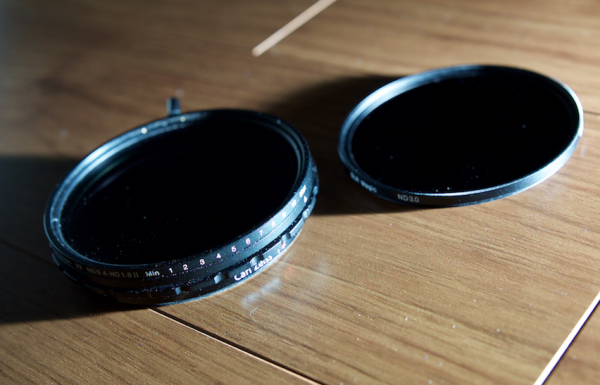
You’re damned if you do or damned if you don’t. Unfortunately when it comes to fixed or variable ND filters there are compromises no matter which way you decide to go.
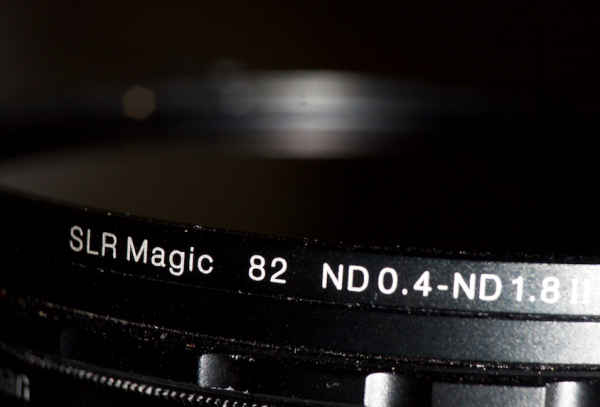
One of the biggest problems you get with variable ND filters is that they usually only come in certain strengths, which can be a problem if you are using them with cameras that have high native ISOs like some of the Sony a7 series. If you are using one on a bright sunny day and want to shoot wide open, a variable ND may well not be enough. Variable ND are a lot easier to work with for video as you can dial in any value, and if you only use them at their lowest settings then they usually work pretty well.
If you do try and use them towards their maximum setting you will start to see a nasty X-pattern. This happens because variable ND filters are essentially two polarizers stacked into one unit, and when you turn your variable ND filter the two pieces of glass will eventually intersect. Variable ND filters are also often subject to colour casts and this can become worse with the more ND you try to use. For run and gun news, documentary or event coverage a variable ND filter makes a lot more sense rather than using a fixed ND filter. Unfortunately the trade off for this convenience is the issues I mentioned above.
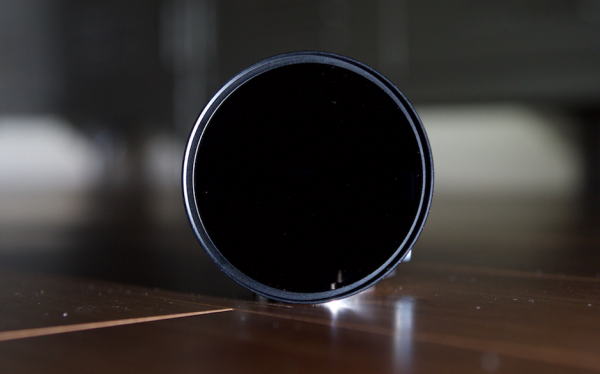
Fixed NDs can be used in much greater strengths than variable ND and they are generally a lot more colour accurate and don’t have nasty colour shifts. Of course this comes down to the quality of the filter you are using, there are plenty of bad fixed ND filters out there on the market. Again the trade off for using a fixed ND filter is you can’t make any adjustments when it comes to exposure unless you start increasing/decreasing ISO or playing around with your shutter speed. Neither of these options are particularly good in most shooting scenarios. The other problem is that you have to carry around a bunch of filters and not just one.
The other problem with fixed ND filters compared to variable ND filters is when it comes to price. These fixed SLR Magic ND filters retail for $99US each, but SLR Magic does also sell them in packages: 1-5 stops for $399US and 6-10 stops for $399US saving you $96US when buying them separately. In comparison a good variable ND filter may only be around $200US. If all of this sounds too much like a headache, you could always just buy a camera that has built-in ND
If it was me, I would buy a variable ND and several fixed ND filters – probably 0.9, 1.2, 2.1 and 3.0. This way you are covered for anything you happen to do. Anyway enough of that, lets get on with the review.
How do they perform?
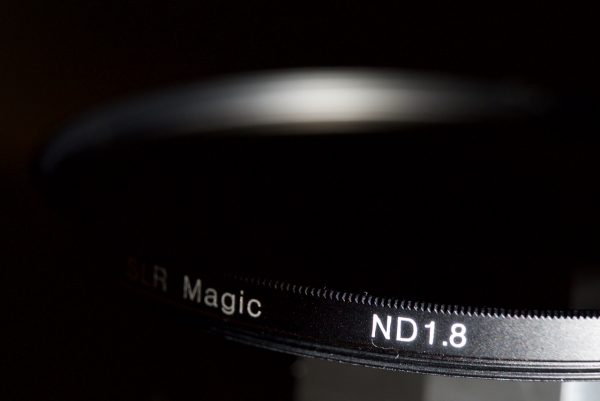
According to SLR Magic their filters have the following properties:
*The SLR Magic ND contains no dichroic coating and will not vignette green, magenta or cyan at wide angles.
*The SLR Magic ND filter suppresses far infrared along with visible light to avoid issues of color shift and far infrared pollution when higher density ND is used.
*All cameras and digital sensors are different and certain brands are more sensitive to far infrared light. For the best results, SLR Magic also recommends using the SLR Magic Image Enhancer Pro filter for IR control.
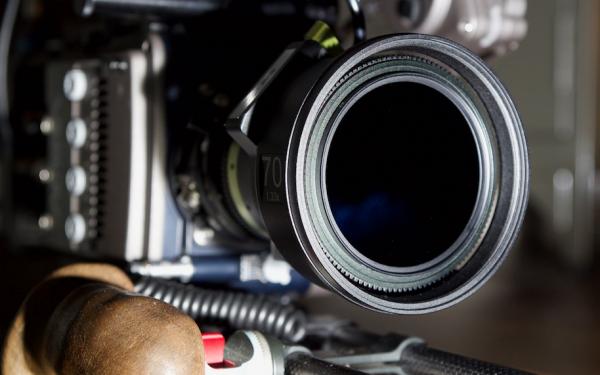
I set out to test these claims to see how accurate they were. SLR Magic claim that all their filters are manufactured and optimised to deliver colour accuracy and sharpness across all brands of lenses, and, when utilized with their own proprietary lenses, the results are even better. With this being the case I decided to test the filters on the SLR Magic 1.3x PL anamorphic prime lenses.
In the first test I want to see if there was any noticeable colour shift when using the filters, especially when you start using large amounts of ND. Even with ND filters that aren’t very good, you don’t tend to see any major colour shifts until you start using strengths greater than 0.6 (2 stops).
I balanced the camera under the lights I was using and this gave me a base reference image that I would use to see if there was significant colour shift as I started introducing ND. As you can see from the video the SLR Magic ND filters had a slight push towards green (but this was very minor). As I continued to introduce more ND the filters remained very consistent when it came to colour. The only kink in the armour so to speak, was at ND 2.4 where the filter had a slight push towards magenta. Surprisingly this dissapeared at ND 2.7, but came back at ND 3.0. ND 3.0 (10 stops) is a huge amount of ND, so even though there was a slight push towards magenta, the filter did a very good job.
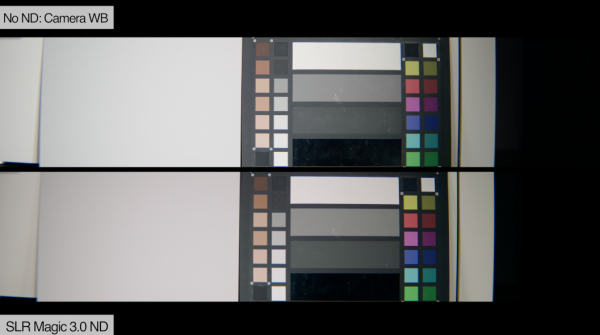
Above you can see a comparison between my base reference image and when I used ND 3.0.
In the video I also compared the SLR Magic ND filters against the Arri Amira’s built-in ND. The SLR Magic filters at 0.6 ND, 1.2 ND and 2.1 ND did a very good job when comparing them directly against the built-in Arri filters. What I did notice however, was that the strengths of the ND filters were not comparable. The SLR Magic 0.6 ND filter let in more light than the Arri 0.6 ND. The SLR Magic 1.2 ND was actually suppressing more light than the Arri 1.2. The same was true of the SLR Magic 2.1 ND, that also surpressed more light than Arri’s built-in 2.1 ND. When I asked SLR Magic about this I was told that they make the filters within a + or – 1/3 stop tolerance. Some other companies will only use a density consistency tolerance of + or – 2/3 stops.
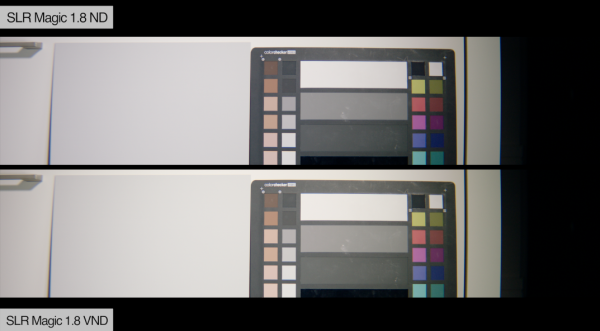
I also decided to test the SLR Magic ND filters directly against the SLR Magic Variable ND. The Variable ND filter had a slight push towards green/yellow, while the fixed ND was a lot more neutral. Above you can see comparison between using the fixed 1.8 ND and the variable ND at its maximum amount of 1.8. In saying that, the SLR Magic variable ND is one of the better filters I have tested and the results may well be even more apparent if you were using a bad variable ND filter.
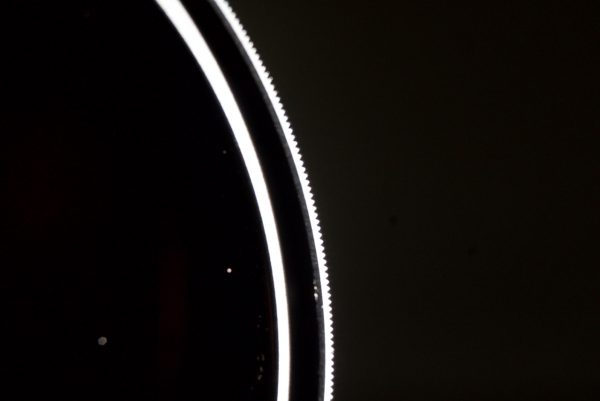
SLR Magic claim that you get better results when you combine the fixed ND filters with their Image Enhancer Pro filter. This new filter attempts to optimise the spectral curve for UV, visible light, and far infrared to improve clarity. Essentially, it is a totally different “recipe” of filter to other UV/IR blocking filters on the market. It changes the relative spectrum values between 200nm and 1200nm, restoring the spectrum to a more natural balance, without the gaps seen in other filters.
I was curious to see if this filter actually made any difference when combining it with the fixed ND filters. I decided to do a small test where I white balanced the camera and then added the 2.7 ND filter. With the 2.7 ND added I then attached the Image Enhancer Pro filter to see if I could notice any difference. To my eye I could only see a very marginal difference, with perhaps a very small amount of magenta being taken out. When I earlier tested the 2.4 ND filter it looked more magenta than the other filters, so I also wanted to check if there was any improvement when combining it with the Image Enhancer Pro filter. To my eye the difference was almost indistinguishable.
To be fair to SLR Magic I did conduct this test on a Arri, which has one of the better sensors for blocking unwanted wavelengths. So in the interests of science I also did a couple of quick tests using the same combination on a Panasonic GH5. On the GH5 the fixed 2.4 ND clearly shows a shift towards magenta, and when you combined it with the Image Enhancer Pro filter I couldn’t tell much of a difference at all. It really does show how different camera sensors react, and just how hard it is to test ND filters. I could probably put the ND filters on 5 different cameras and get 5 different results. In the case of the Blackmagic Design URSA 4.6K, BMD Pocket and BMD Cinema Camera, the IE Pro will help make a big difference, as these cameras don’t do as well as say the Panasonic GH5 or Arri with strong ND filtration.
These tests were designed to be very precise and by shooting white on an X-rite chart it clearly shows any type of colour shift. In the real world these minor colour shifts are going to be very hard to actually see. A lot of ND filters at high strengths are subject to a massive amount of colour shift, but the SLR Magic filters remained very consistent, especially across the strengths of ND you are likely to use.
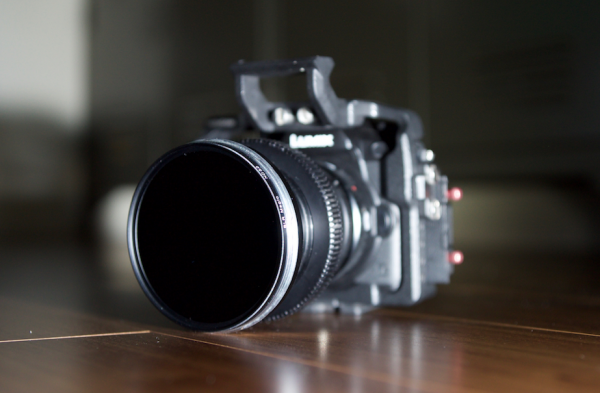
To test the claim that SLR Magic ND contains no dichroic coating and will not vignette green, magenta or cyan at wide angles. I put the filters on a Sony a7S and used a variety of wide angle lenses and found that there was no colour vignetting of any kind.
The SLR Magic ND filters do a very good job indeed, despite their small colour shift. If you are looking for filters that maintain a consistent look even at very high levels of ND then they are definitely worth checking out. As I mentioned earlier, fixed ND may not be for everyone, as it’s certainly not as run and gun friendly as using a variable ND. If you are however a stickler for image quality, and don’t mind carrying around a lot of filters, then the SLR Magic filters may be exactly what you have been looking for.
The SLR Magic ND filters retail for $99US. Do you use variable or fixed ND filters? What has your experience been with various brands? Let us know in the comments section below.






